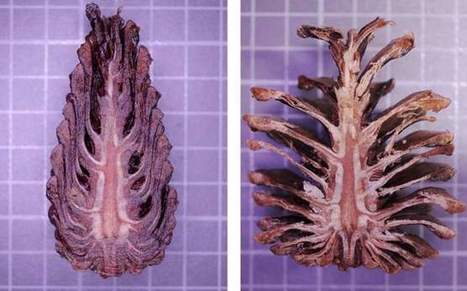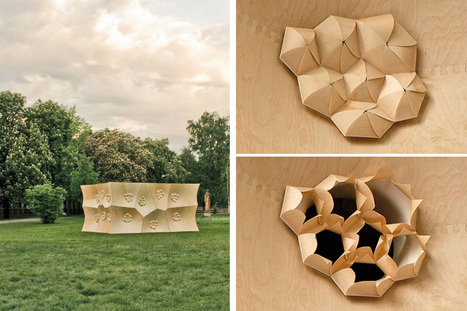Cones produced by such trees as pines, spruce, hemlock, and fir respond naturally to different degrees of humidity by opening and closing, without consuming any electrical energy in doing so. Designing window blinds based on their mechanical properties that could open and close in response to moisture — but use no energy in the process — could conserve a lot of energy.
Research and publish the best content.
Get Started for FREE
Sign up with Facebook Sign up with X
I don't have a Facebook or a X account
Already have an account: Login
 Your new post is loading... Your new post is loading...
 Your new post is loading... Your new post is loading...
|
|

















